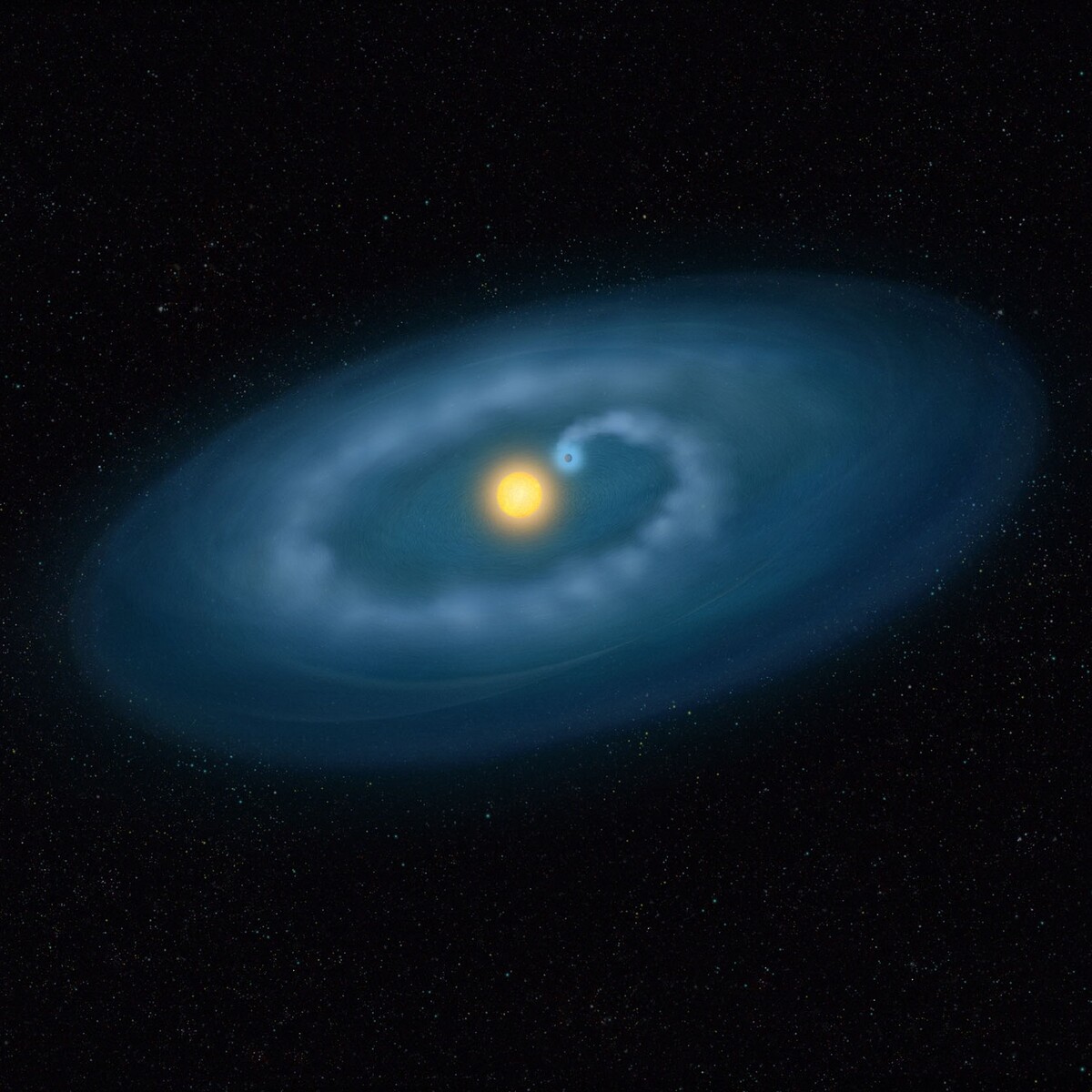Planet Atmospheric Escape

The long-term evolution of planetary atmospheres, and thus the observed radius distribution, is significantly affected by atmospheric escape (or "loss"). This is a process by which atmospheric gas leaves the planet's gravitational source and disperses into space. For planets orbiting near their parent star, absorption of strong energetic radiation (i.e., X-rays, extreme ultraviolet, and ultraviolet light) heats the upper atmosphere, potentially causing hydrodynamic expansion and loss. In extreme cases, the expanding atmosphere fills its Roche radius and a large fraction of the atmospheric gas is lost to space, with catastrophic consequences for the planet's atmosphere.
Atmospheric loss can best be studied by observing the atmospheres of planets very close to each other. For this reason, extrasolar planets (exoplanets) passing in front of their parent stars are ideal laboratories to study this phenomenon. There are two ways to observe atmospheric loss: ultraviolet observations from the atmospheres of exoplanets near the parent star and study of the effects of loss on the observed exoplanets.
Members of the exoplanet group are actively working on observations and models to constrain the loss. Data from HST, CHEOPS, CUTE, PLATO, and ARIEL are key to this task.